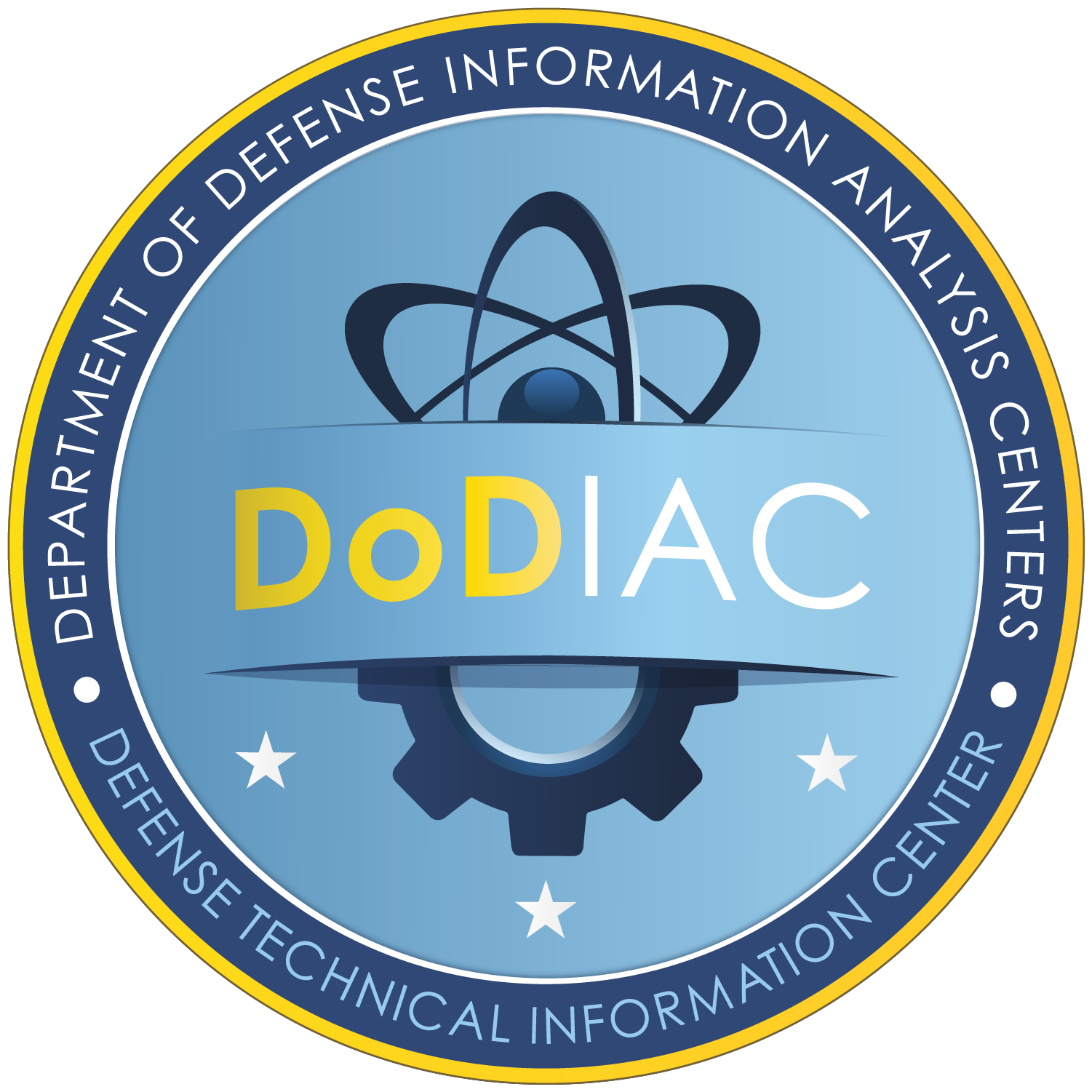What Was: Modeling Architecture for Technology, Research, and Experimentation (MATREX)
To understand the impetus for solutions provided by the EASE research, it is important to understand where we have been. The Modeling Architecture for Technology, Research and EXperimentation (MATREX) program [6] had the mission to research and develop an M&S environment that included a collection of multi-fidelity models, simulations and tools which were integrated into an established architecture to conduct analyses, experimentation and technology tradeoffs. The MATREX program was made up of many US Army Research, Development and Engineering Command (RDECOM) labs, centers and activities providing simulation solutions into the overall system architecture. A number of different customers used the simulation environment for varying purposes. Any particular instantiation of the MATREX system could be dramatically different than the next based on the user requirements and the subsequent model selections and system design choices made to satisfy the functional requirements. However, the flexibility of the system created a complex system design problem by allowing many different possible configurations.
The numerous and often generic potential uses of the system offered a difficult systems engineering challenge to link system requirements to detailed system design and technical dependencies. The MATREX Environment needed to retain the flexibility of the technical solution set while providing a rigorous and thorough systems engineering product set that could be used to design a system instantiation, provide technical design contracts and link low level data elements to high level user functional requirements. This need drove the initial creation of the System Design Description (SDD) [7] , which is a data driven systems engineering tool that linked operational and technical requirements to design decisions, allowing engineers to collaborate on system integration and provide traceability to event objectives. This tool was extended within the EASE project to support research goals as described in the next section.
Other tools developed within the MATREX project included tools to support rapid software development including a software library (ProtoCore) that abstracted away middleware details and allowed applications to run across different middleware protocols. It also included an over-the-wire testing tool (Advanced Testing Capability (ATC)) that provided stimulus and validated applications based on sequence diagrams that were imported from the systems engineering tool. These tools will be further explained in the upcoming Components section when extensions to support EASE research goals are described.
These tools enabled a more accurate and quicker process for developing and integrating M&S applications, applying systems engineering throughout development and testing. While useful, these tools still expected an M&S expert to employ them, leaving that expertise specialized and perishable. The next logical step was to build on that with automation by capturing additional details about the M&S environment, including how to install, configure, launch and capture data from those same applications. We could then orchestrate the execution of the M&S environment based on the same systems engineering data already used to ensure the correct warfare representation while accomplishing true interoperability. This next step is the EASE project.


